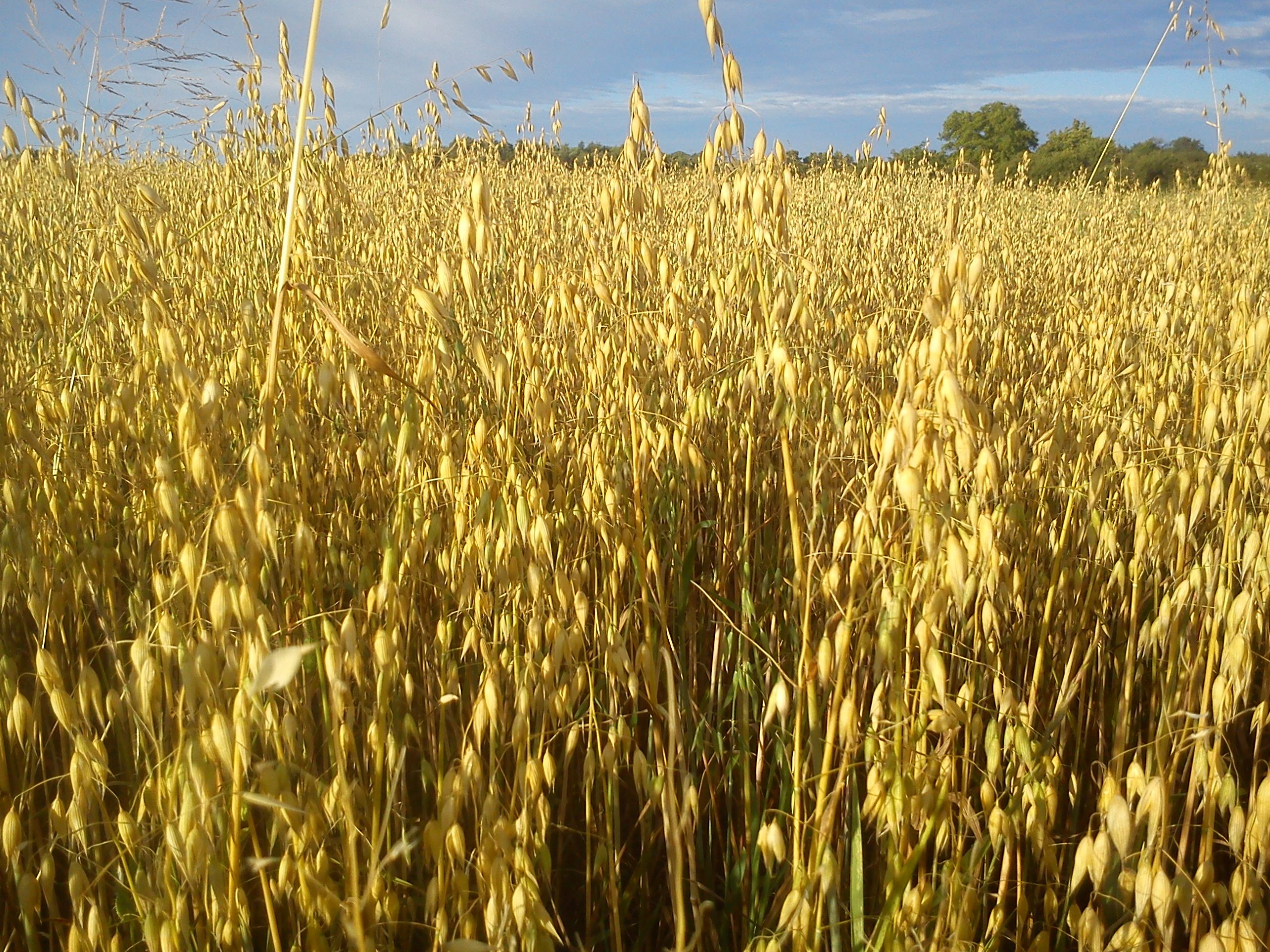We've been following the oat futures market carefully while waiting for an actual buy signal to setup for us to enter. There are multiple confirming factors of the market trying to put in a low before rallying through the expiration of the March contract. We initially began looking at this oat trade based on the seasonal pattern, commercial build in position and the sideways technical action in a declining volatility environment. This trade never materialized as the market feel through the bottom of its consolidation. This time around, the market has provided a classic COT long entry.
The oat market typically sees a build in commercial positions early in the year. You can see the Moore Research Company's May oat futures seasonality below.

The shading is our emphasis on the current market situation. As you can see, the May oat futures contract tends to bottom around this time of year and picks up considerable steam through mid-March. While the Moore Research chart does provide tendencies, it doesn't provide a lot of concrete data. We went through the last 15 years of May oat futures data by hand to compile the quantitative market movement tendencies from the close on January 31st through May 1st's open. The spike in prices is clear both in the market's tendency to bottom and rally through March just as it is expected to return some of these gains as planting fears ease into April.

May oats have rallied in 10 out of 15 years between now and the first of March by an average of 4.2%. It's also easy to see that this pop doesn't last as the market typically gives back half of its gains during the month of April.
When the seasonal patterns are combined with commercial trader behavior, we get something like the chart below. This shows the consistent commercial buying pressure applied at this time of year as well as how it affects May futures prices going forward.

This chart also provides a good depiction of how time and market movement interact with the commercial traders. Notice that most of their buying takes place on the market's declines. Furthermore, note the time lag between the commercial traders' purchases and the market's eventual capitulation to the commercial traders' collective will.
Every once in awhile, the market provides a textbook answer to an appropriately timed question. This is the current situation in May oat futures. Our Commitment of Traders nightly discretionary methodology is a three step process that has just triggered an actual buy signal ahead of the market's seasonal strength. First commercial momentum must be positive. Considering that the commercial traders have bought more than 3,000 contracts since December in a market with only 4,000 in open interest clearly puts them in the "bull" camp on the chart below.

The second step is a bit counter intuitive. Commercial traders have much deeper pockets than speculative traders. Therefore, we won't enter a trade until there's been some counter momentum movement. In this case, the commercial traders are bullish so, we wait for the market to become oversold on our proprietary short-term market momentum indicator. The downside to this entry technique is that there will occasionally be runaway winning trades in which we'll never participate. The upside is managing risk.
The final step in the process is the market's reversal back inline with the commercial traders' momentum. In this case, a move higher to confirm the reversal. This action provides two important attributes to the trade. First of all, the swing low, in this case $2.62 that is created by the market's reversal higher now becomes our protective stop loss point. Regardless of your entry point, if the market trades below $2.62, we're out with a loss. The second attribute waiting for the turns provides is one of safety, as in, "Never catch a falling knife." One never knows when or, where the market will turn. We simply wait for them to happen.
Sign up for a FREE TRIAL







